-
×
 GSM/GNSS Click
1 ×
GSM/GNSS Click
1 × R1,700.00R1,530.00 -
×
 Accel Click
1 ×
Accel Click
1 × R355.00R319.50 -
×
 tRF Click
1 ×
tRF Click
1 × R1,050.00R945.00 -
×
 GSM Click
3 ×
GSM Click
3 × R1,050.00R945.00 -
×
 MP3 Click
1 ×
MP3 Click
1 × R485.00R436.50 -
×
 RS485 Click 5V
1 × R235.00
RS485 Click 5V
1 × R235.00 -
×
 RN4678 Click
1 ×
RN4678 Click
1 × R855.00R769.50 -
×
 GPS Click
1 ×
GPS Click
1 × R1,050.00R945.00 -
×
 HYDROGEN Click
1 ×
HYDROGEN Click
1 × R335.00R301.50
Subtotal: R9,215.00


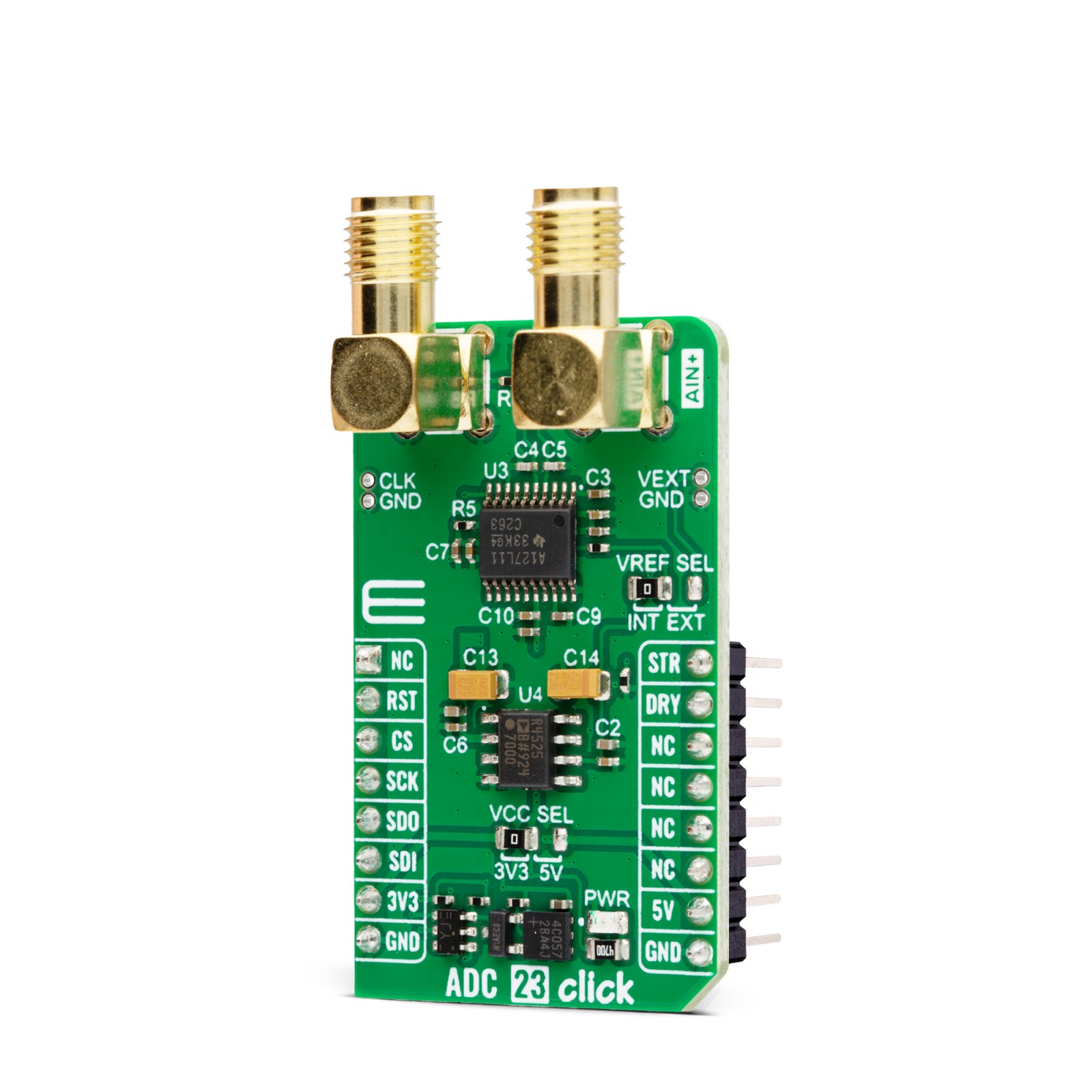
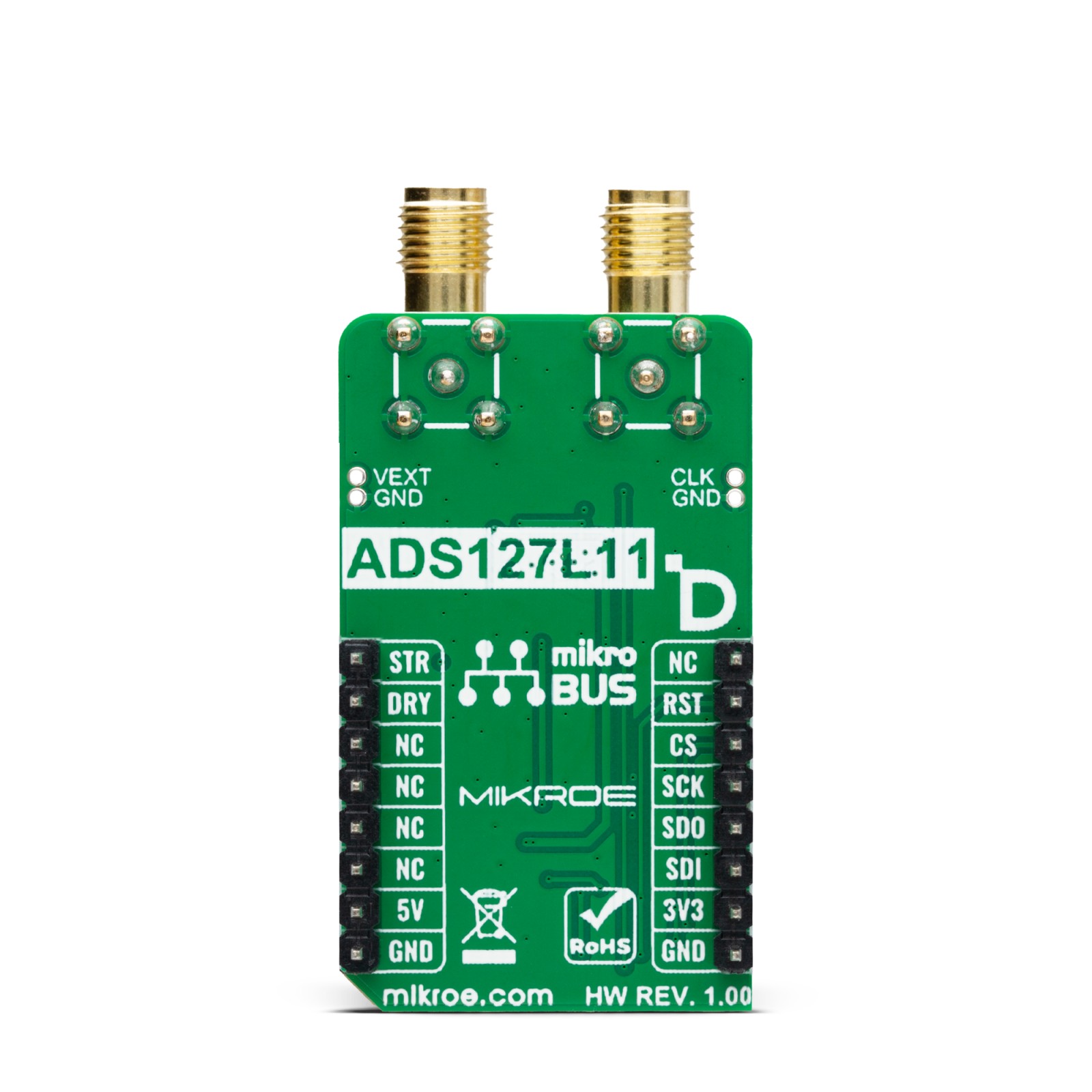


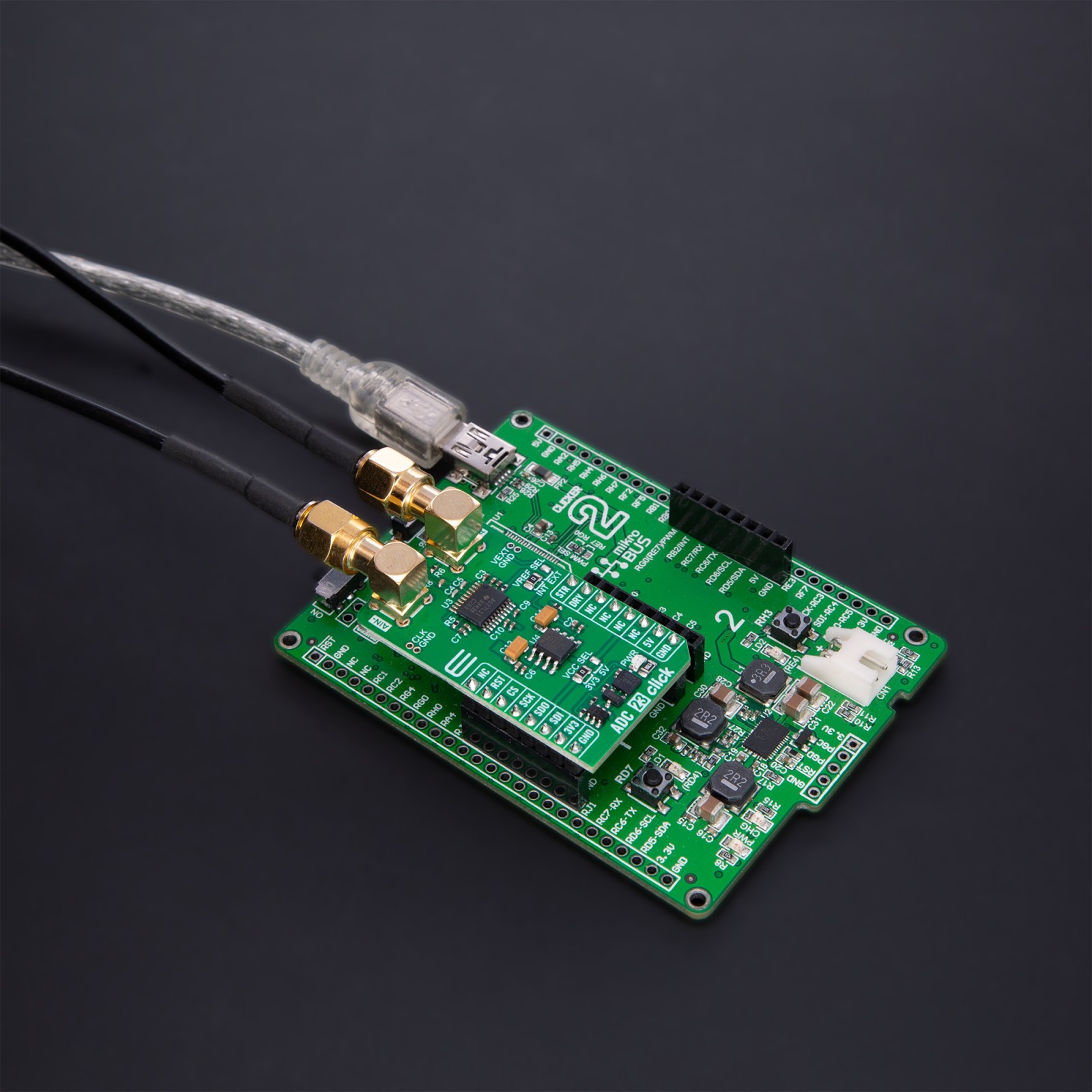
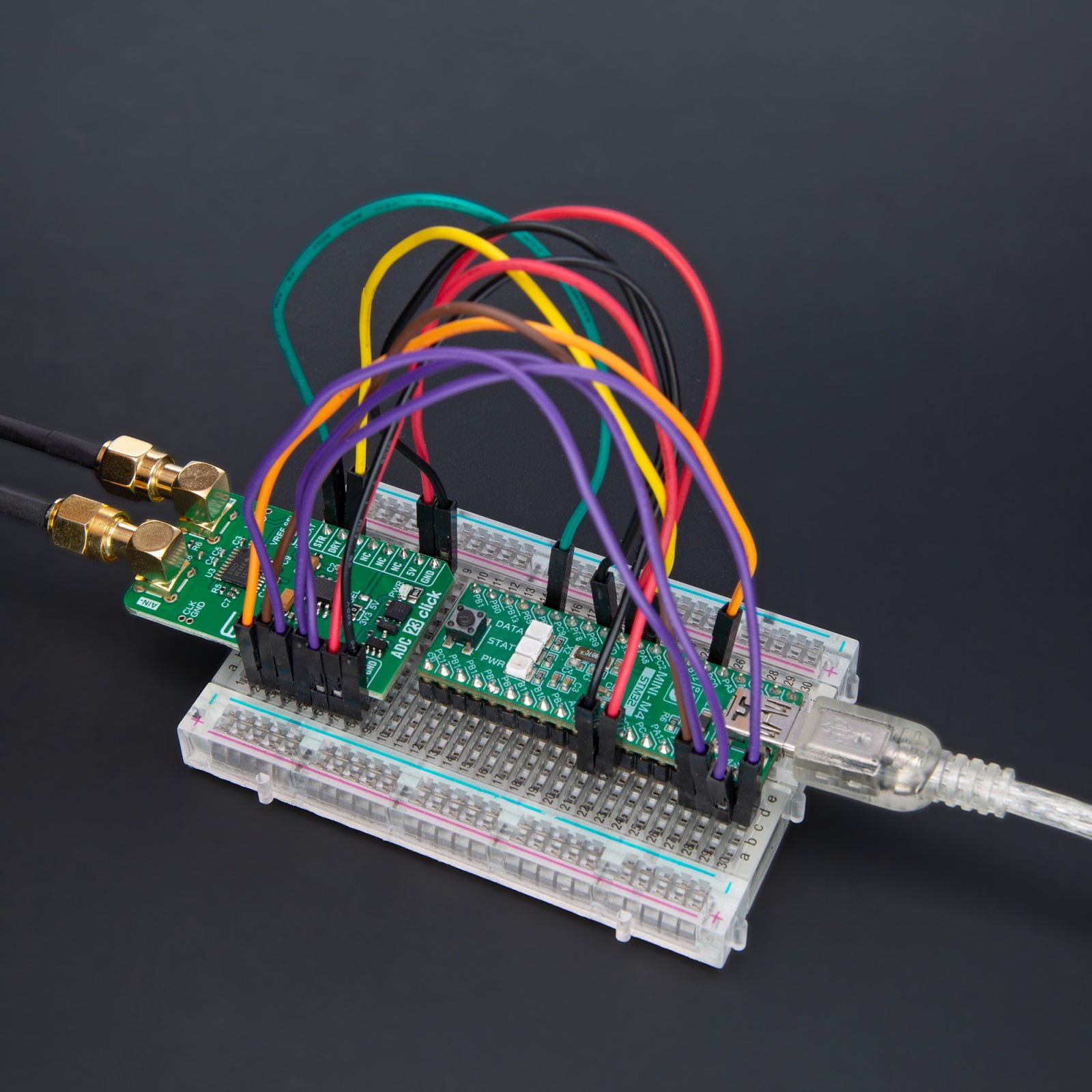

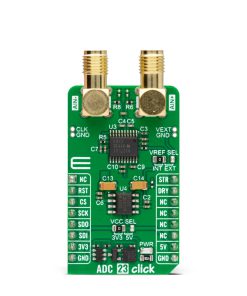

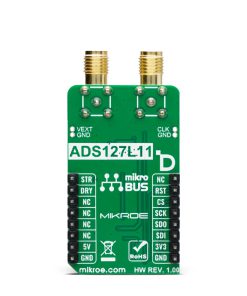





.jpg)



